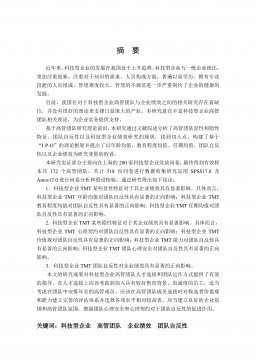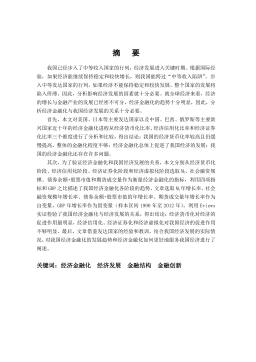USST_Arts_117200872高科技制造企业生产一线农民工的流动率管理--以A公司为例
高科技制造企业生产一线农民工的流动率管理--以A公司为例摘 要改革开放30多年来,中国经济飞速发展,取得了举世瞩目的成就。这其中,农民工为中国的经济发展做出了不可磨灭的贡献。然而时光流逝,目前中国劳动力市场上农民工供给的主体已经是新生代农民工了。他们不同于他们的父辈,他们不愿重复父辈的生活。他们希望有朝一日能够真正融入城市。他们所面对的心理压力要比他们的父辈大,而面对压力的承受力则要小的多。富士康2010年的“14跳”至今仍历历在目。而最近几个月,国际知名大厂,如苹果等迫于自身形象压力倒逼我国生产商的事情也层出不穷。因此对于新生代农民工的管理可谓刻不容缓。文章首先对高科技制造企业A公司S工厂2...
相关推荐
-
10KV电网D-SCADA 系统信息采集与故障诊断研究与设计VIP免费
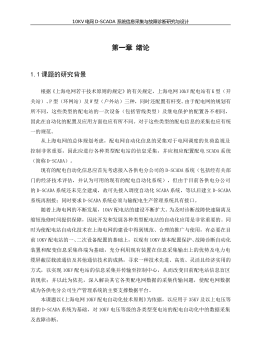
 2024-10-14 51
2024-10-14 51 -
方形吸顶散流器平送风等温射流特性研究VIP免费
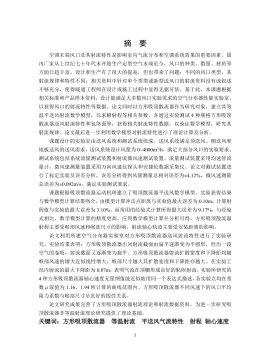
 2025-01-09 12
2025-01-09 12 -
关于充液声导波传感器中频散兰姆波的研究VIP免费
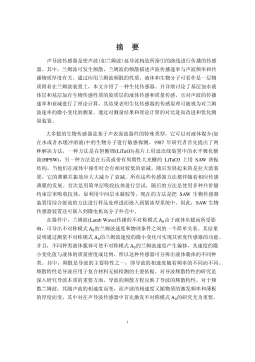
 2025-01-09 19
2025-01-09 19 -
结合梁斜拉桥施工过程中考虑剪力滞影响的分析方法VIP免费

 2025-01-09 29
2025-01-09 29 -
空调房间热舒适性的数值模拟与实验研究VIP免费

 2025-01-09 9
2025-01-09 9 -
汽车前轮线控转向系统研究VIP免费
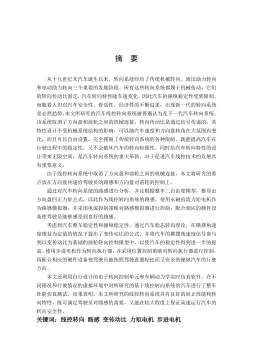
 2025-01-09 15
2025-01-09 15 -
输入分配型混合动力车辆动力系统控制策略研究VIP免费
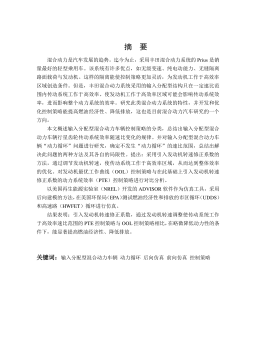
 2025-01-09 9
2025-01-09 9 -
双馈风力发电系统的柔性并网控制研VIP免费
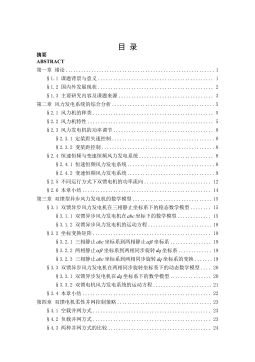
 2025-01-09 35
2025-01-09 35 -
污水处理厂污泥好氧堆肥发酵技术的试验研究VIP免费
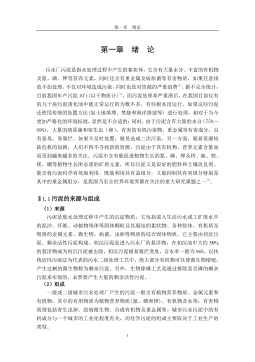
 2025-01-09 11
2025-01-09 11 -
应用风室试验装置的风机性能VIP免费
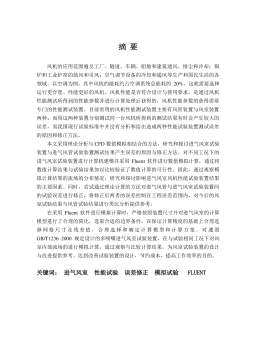
 2025-01-09 12
2025-01-09 12
作者详情
相关内容
-

汽车前轮线控转向系统研究
分类:高等教育资料
时间:2025-01-09
标签:无
格式:PDF
价格:15 积分
-

输入分配型混合动力车辆动力系统控制策略研究
分类:高等教育资料
时间:2025-01-09
标签:无
格式:PDF
价格:15 积分
-

双馈风力发电系统的柔性并网控制研
分类:高等教育资料
时间:2025-01-09
标签:无
格式:PDF
价格:15 积分
-

污水处理厂污泥好氧堆肥发酵技术的试验研究
分类:高等教育资料
时间:2025-01-09
标签:无
格式:PDF
价格:15 积分
-

应用风室试验装置的风机性能
分类:高等教育资料
时间:2025-01-09
标签:无
格式:PDF
价格:15 积分


